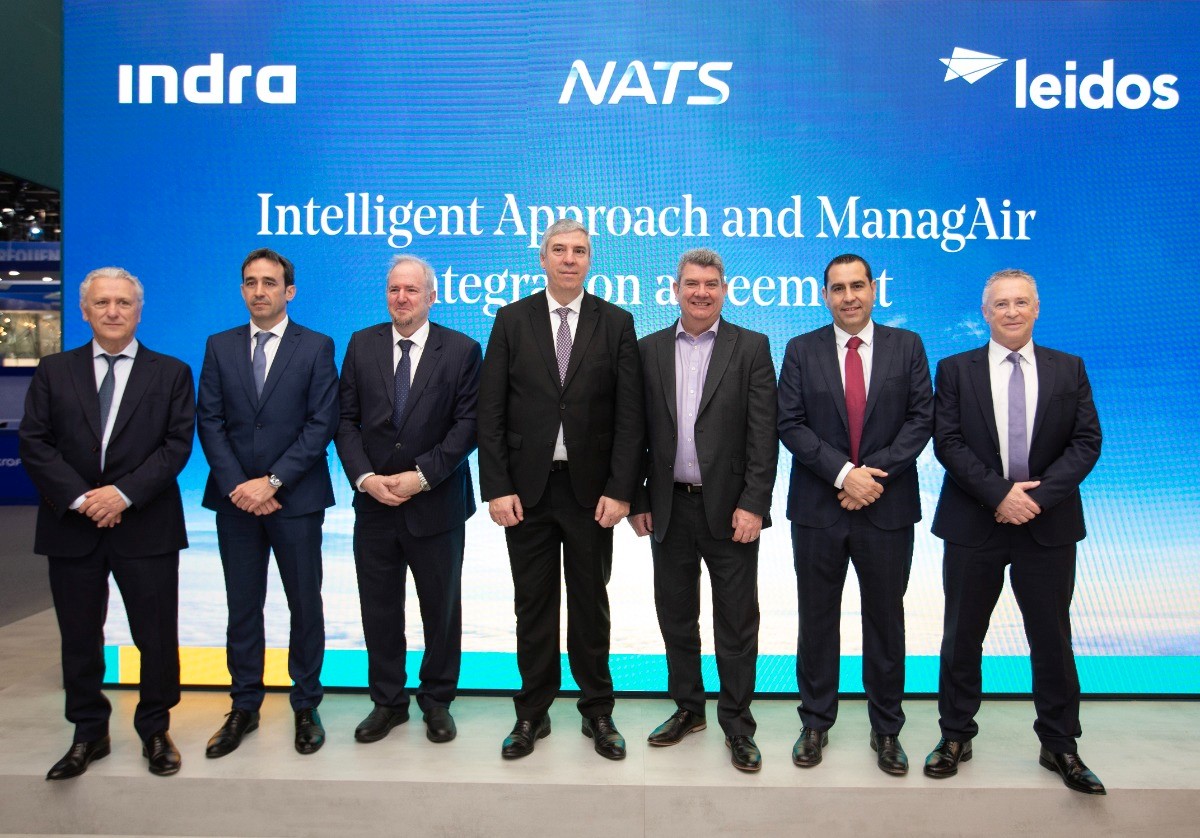Indra to digitize Air Traffic Surveillance systems of Central America to strengthen Safety in its Airports
• The radars of Honduras, Costa Rica, Nicaragua, Guatemala and Cayman Islands will gain in resolution, providing air traffic controllers with a more accurate view of aircraft movements

The Central American Corporation for Air Navigation Services (COCESNA) has awarded Indra, a leading global consulting and technology Company, a contract to upgrade seven air traffic surveillance radars distributed in four countries and the Cayman Islands to provide them with cutting-edge digital features that allows a flexible maintenance and enhancement, optimizing costs.
This modernization improves quality of data and reliability of the service and allows the incorporation of updates in the radar network in a more flexible way.
The renewal will be addressed in radars operating in Monte Crudo and Dixon Hill in Honduras; Grand Cayman, Cayman Islands; Mata de Caña and Poas Volcano in Costa Rica; Puerto Cabezas in Nicaragua; and Cerro Santiago in Guatemala.
After the upgrade, radars will operate under the same conditions as the next-generation radars that are going to be installed in San Jose, Costa Rica, and Belize within the program for modernizing and standardizing COCESNA systems. Indra will also upgrade the systems that facilitate remote management of these radars to facilitate monitoring and maintaining them.
Digital reception technology makes it possible to apply advanced processing techniques of the pulse emitted and received by radars, making it possible to eliminate noise and increase the accuracy with which aircraft are detected. This means that air traffic controllers are able to 'see' better what happens in the airspace under their responsibility.
Indra will also incorporate ADS-B receivers in Mode S radars to reinforce the operation of radars. These systems are based on antennas that collect the information radiated automatically by aircraft reporting their position. By integrating the functions of the radar and the ADS-B, the results of the radar information are improved, increasing the probability of detecting and minimizing the cone of silence. This is all aimed to provide the best information to the air traffic controller and facilitate decision-making.
Indra has a consolidated relationship as COCESNA's technology provider. Currently, the entire upper airspace of Central America managed by this organization is ordered with Indra's technology and the company also supplies its systems to the countries that comprise it.
Indra is driving the modernization of air traffic management in Latin America. The company has been awarded the most important contracts of recent years in this region. Its systems are in operation in practically every Latin American country: it has modernized 70% of control centers in Latin America, 30 centers in total; it has installed its system in the majority of control towers; and, it has deployed close to fifty air traffic surveillance radars and a similar amount of radio navigation systems. In total, five hundred air traffic management systems of all types with the Indra seal are behind air traffic management in the subcontinent.


.png)

.jpg)



Comments
There are no comments yet for this item
Join the discussion